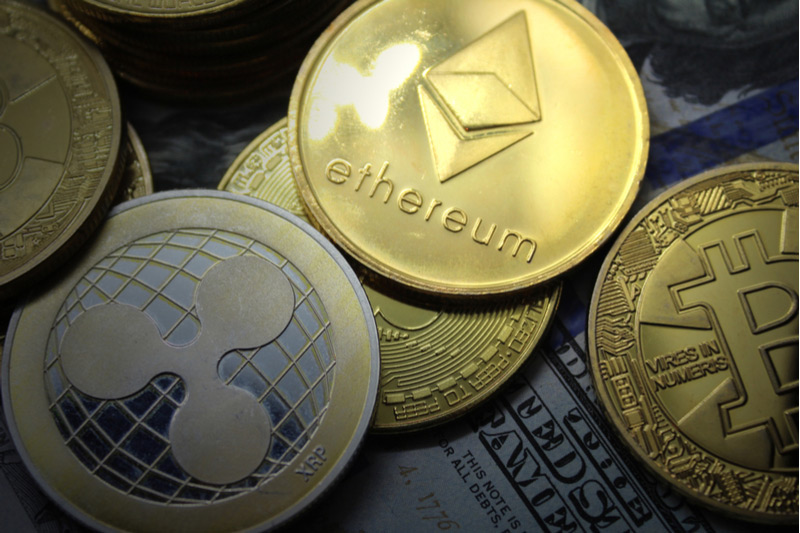U.Today - (SHIB), once a star performer in the memecoin industry, is now skirting dangerously close to a critical level, its price hovering near the yearly lows at around $0.00000683. This precarious position marks a stark departure from the frenzied highs it touched earlier in 2023, casting a shadow over its immediate future.
The persistent downtrend since August signals a waning investor interest, compounded by the broader market's shift towards more utility-driven digital assets. SHIB's current price trajectory is a crucial juncture, and its breach of this critical support level could set the stage for two potential scenarios.
Source: TradingViewFirst, a break below the yearly low might trigger a sell-off among holders, further driving the price down. This scenario could be fueled by panic selling, especially among retail investors who entered the market at its peak. The cascading effect of stop-loss orders could exacerbate the decline, pushing SHIB into uncharted territory.
Conversely, reaching this critical point could also spark interest among new investors and traders looking for a bargain entry point. This scenario hinges on the "buy the dip" mentality, a common strategy where market participants purchase assets they deem undervalued during a downturn. If SHIB's vibrant community rallies and the project can present new developments or partnerships, it might create enough momentum for a price rebound.
Ethereum being pushed down
The cryptocurrency market's recent turmoil has left Ethereum (ETH) grappling with gravity, as its price hovers around $1,558, a critical juncture in its trading history. This level represents a significant support zone, a barrier between the current market uncertainty and a potential freefall to $1,420, a low unseen since the early days of the 2021 bull market.The market's liquidity crisis is palpable, with investors pulling back, driven by widespread uncertainty and a preference for cash or stable assets. This retreat is starving the market of the free-flowing capital necessary for a healthy, bullish environment. , as a leading player in the crypto space, hasn't been immune to this sell-off frenzy, with its value witnessing a stark depreciation.
Compounding Ethereum's woes is the cooling of DeFi and NFT fervor. What was once a bustling marketplace of trade and innovation has now quieted, the digital galleries and lending platforms not as populated as they were months ago. This downturn in activity has stymied Ethereum's transaction volume, a crucial factor for its valuation given its utility premise.
The concept of 'ultrasound money,' which hinges on Ethereum becoming deflationary through burning transaction fees, seems a distant dream in the current landscape. With both the DeFi and NFT sectors in a lull, the transaction fees on the Ethereum network, which are used for burning ETH, have decreased. This reduction undermines the deflationary aspect, further dampening investor enthusiasm.
MATIC is ready for battle
In the midst of the ongoing market turmoil, Polygon () is eyeing a significant threshold, drawing ever closer to the $0.5 mark. This level isn't just another number; it's a 'reset' point, a term used to describe a potential turning spot in the asset's market trajectory. With the current trend exhibiting signs of flattening, this could signal a pivotal moment for MATIC's market direction.The $0.5 support level isn't new territory for Polygon. In fact, this level has historical significance, having served as a strong foundation for price rebounds in the past. The last time MATIC approached this value was in July 2022, a period that preceded a notable recovery. This history provides a glimmer of hope to investors who are currently facing significant losses
However, what's different this time is the market's overall atmosphere. Trading volumes are thin, and there's a noticeable lack of open interest from the bulls. This subdued market enthusiasm can be a double-edged sword. On one side, the lack of buying pressure might prevent a sharp breakthrough below the support level. On the other, it also means there's not enough momentum building for a strong upward bounce.
